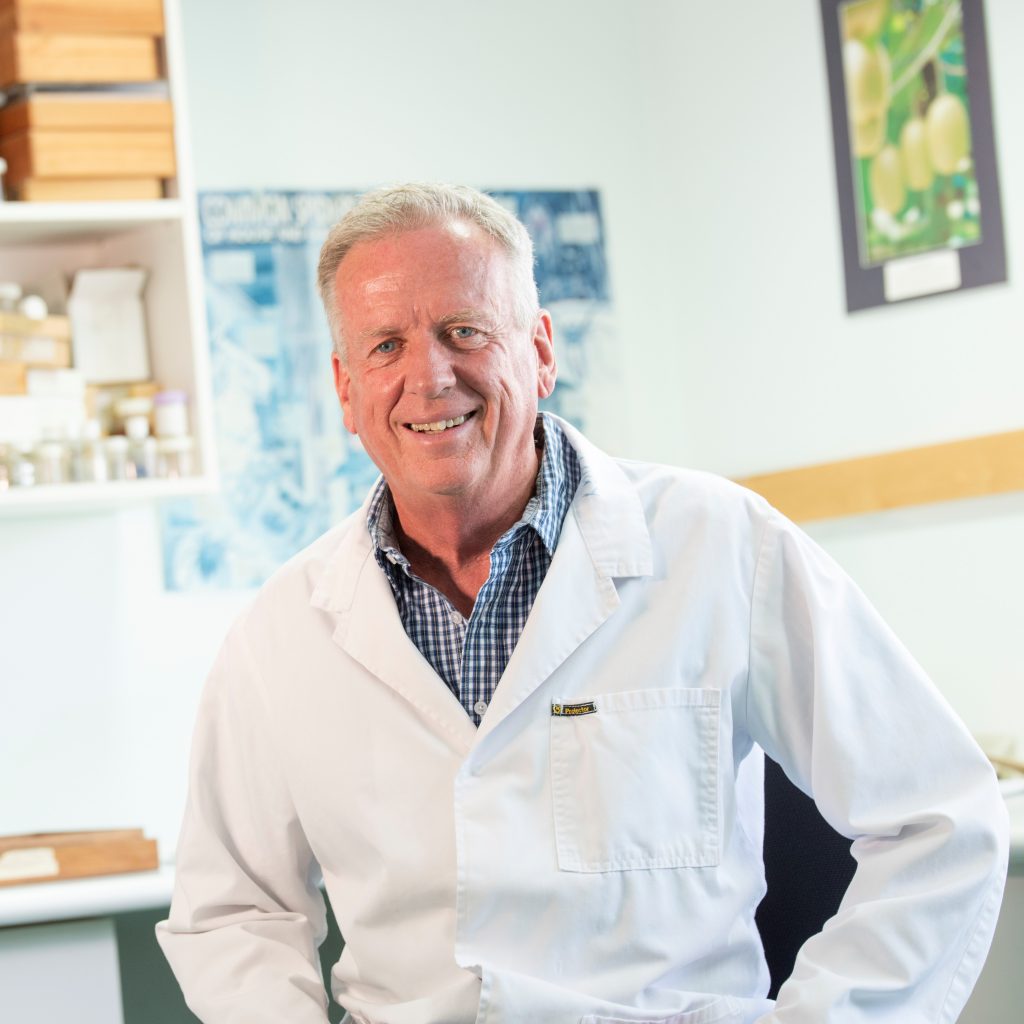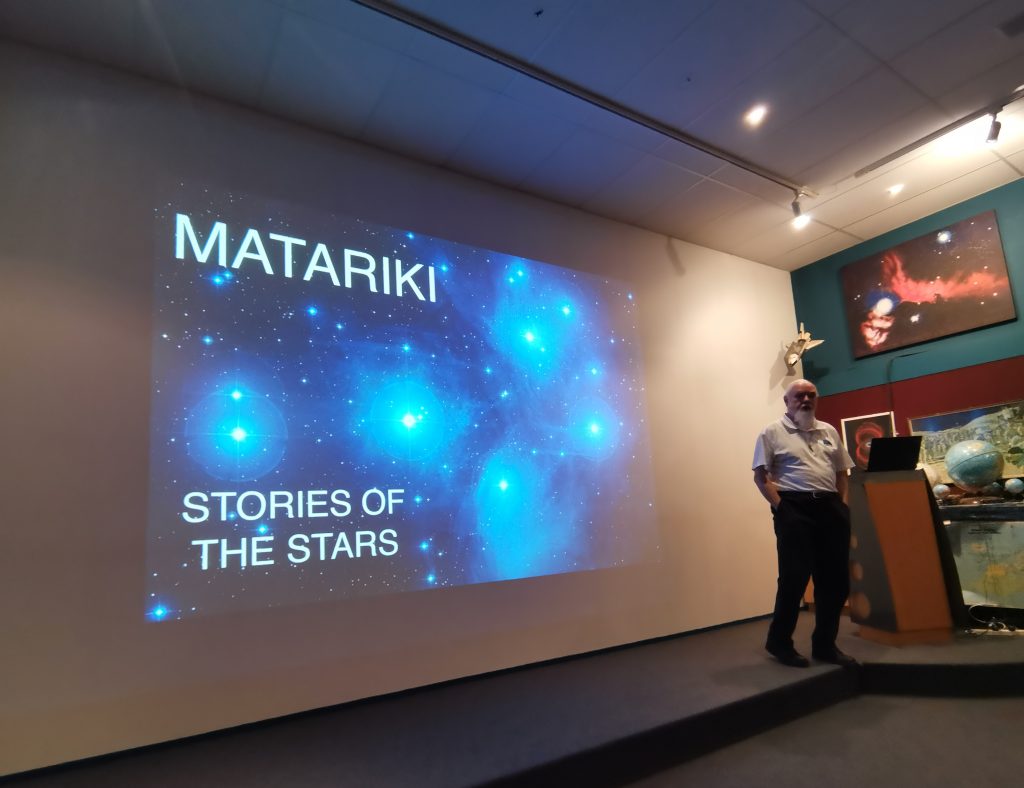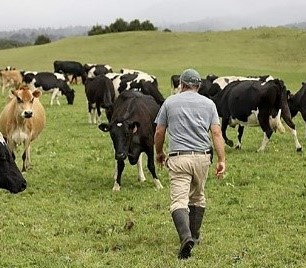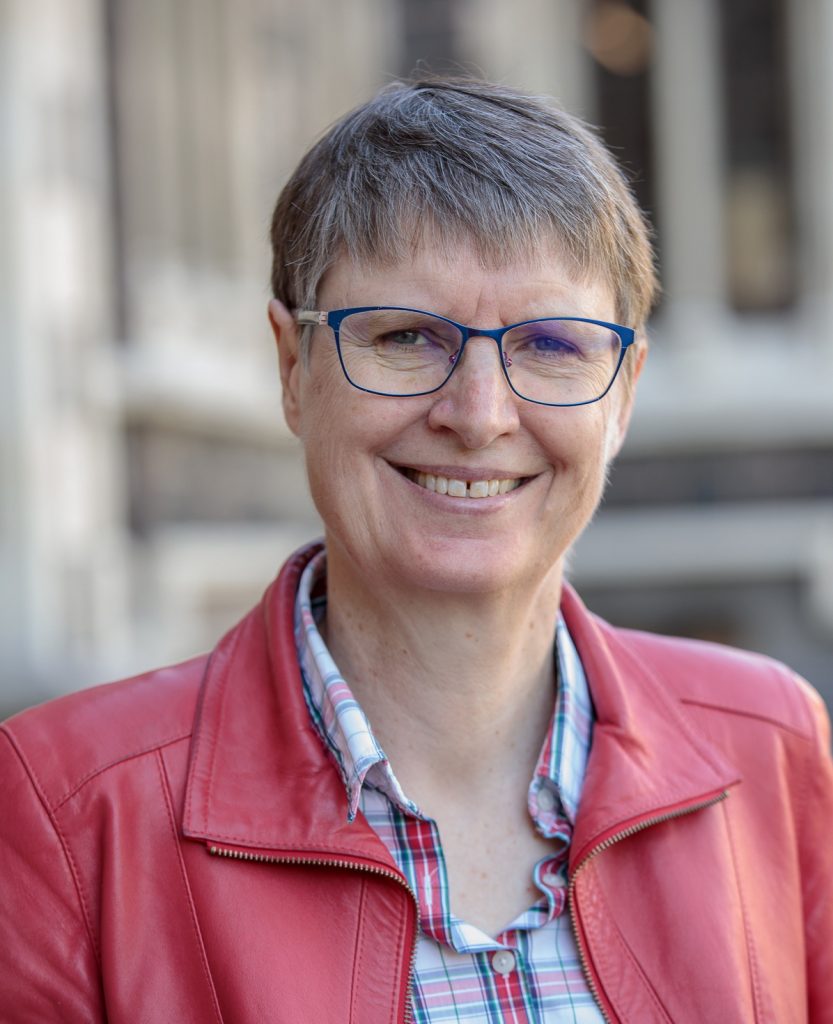Jim Walker: Principal Scientist at Plant & Food Research
Date: 6pm, Thursday, 8 September 2022
Venue: Lecture Theatre 1, Eastern Institute of Technology, Taradale
Admission: Gold coin donation

As global leaders in sustainable production systems, the New Zealand fruit sector must continue to innovate to reduce both agrichemical inputs and CO2 emissions. Regulatory, consumer and environmental concerns over pesticide use are continual challenges for both the agrichemical industry and our apple sector. The pipeline for pesticide development has become more complex, reducing the frequency of new active ingredient availability. Adding to this challenge is the on-going loss of existing agrichemicals and increasingly trade-restrictive phytosanitary measures. Now export markets have signalled the need for our fruit sector to reduce their CO2 emissions with the challenge of becoming carbon neutral by 2050.
Is this achievable or an unrealistic pipedream? Issues and options for the future of New Zealand’s export fruit production will be presented in this lecture.

Dr Jim Walker is a scientist with Plant and Food Research (Hawke’s Bay) who is well known for his role in the development and implementation of the Integrated Fruit Production programme, an approach to pest management that has become a cornerstone of New Zealand’s apple export programme. He has led a team that has helped apple growers adopt practices that has greatly decreased pesticide use and residues. This programme prioritised greater use of biological control and non-chemical methods and has contributed to a 90% reduction in the quantity of insecticide used in New Zealand apple production today.























